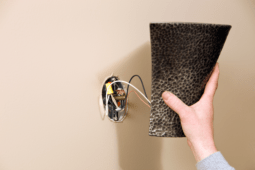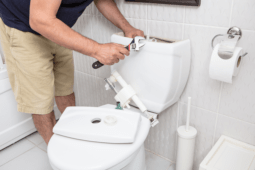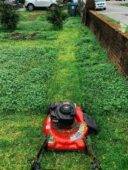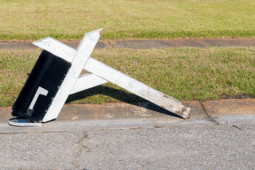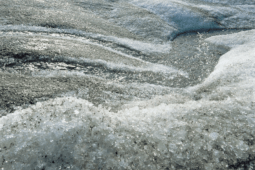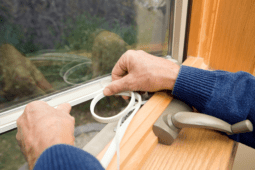5 Unexpected Ways Winter Weather Can Damage Your Home (And How to Prevent It)
Winter weather brings more than just snow and ice; it also introduces hidden risks to your home that can lead to costly repairs if left unaddressed. Beyond the obvious dangers like frozen pipes and roof leaks, there are several less-known ways winter can cause damage. By understanding these risks and taking preventative measures, you can protect your home and ensure it weathers the season safely.
1. Ice Dams Lead to Roof Leaks
Ice dams occur when snow on your roof melts and refreezes at the edges, creating barriers that prevent proper drainage. As water backs up behind these dams, it can seep under shingles and into your home, causing leaks and water damage.
Prevention Tips:
- Keep your roof well-insulated to prevent heat from escaping and melting snow unevenly.
- Use a roof rake to remove excess snow after heavy snowfall.
- Install ice dam prevention systems, such as heating cables or improved attic ventilation.
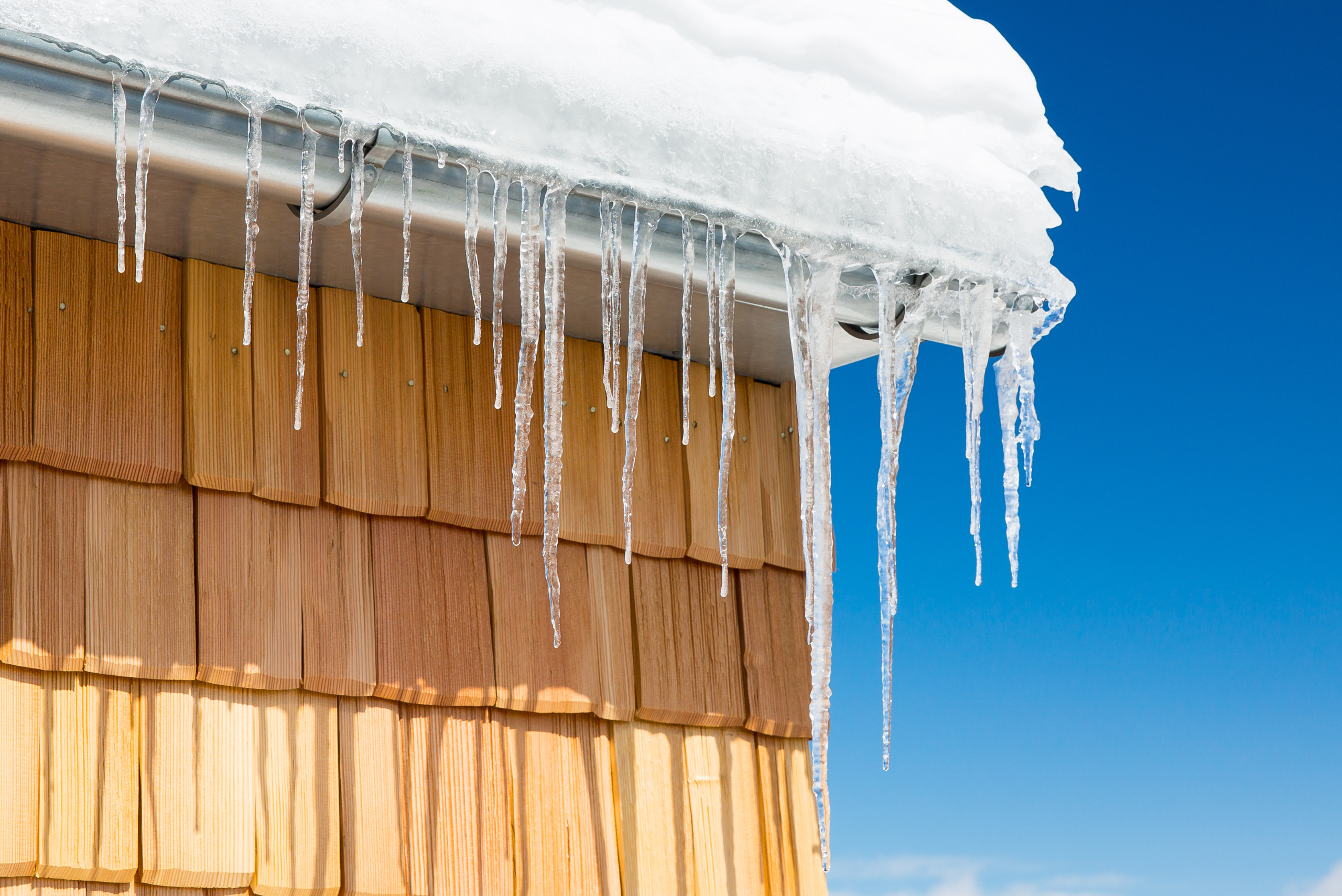
2. Condensation Buildup Damages Walls and Ceilings
When warm indoor air meets cold surfaces like windows, walls, or ceilings, condensation can form. Over time, this moisture buildup can lead to mold growth, peeling paint, and even structural damage. Homes with poor ventilation or inadequate insulation are especially prone to this issue during winter.
Prevention Tips:
- Improve ventilation by using exhaust fans in bathrooms and kitchens.
- Seal gaps and add insulation to keep cold air from meeting warm surfaces.
- Use a dehumidifier to maintain indoor humidity levels below 50%.
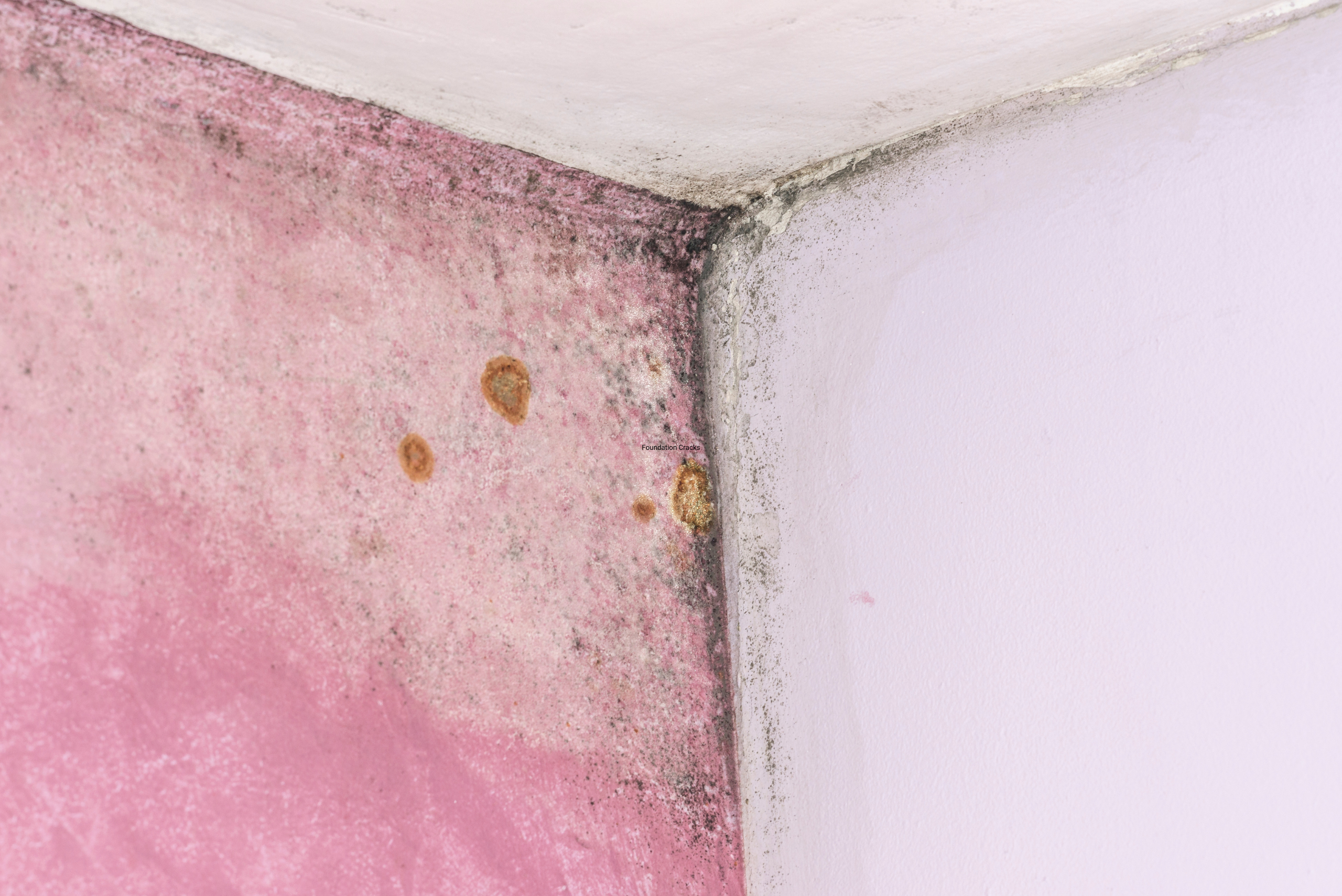
3. Foundation Cracks from Frost Heave
Freezing temperatures can cause the ground around your home to expand and contract, a phenomenon known as frost heave. This can put immense pressure on your foundation, leading to cracks or even shifting. These issues can compromise your home’s structural integrity.
Prevention Tips:
- Ensure proper drainage around your home to keep water from pooling near the foundation.
- Add mulch or insulating materials around the base of your home to stabilize soil temperatures.
- Inspect your foundation annually and seal any minor cracks before winter.
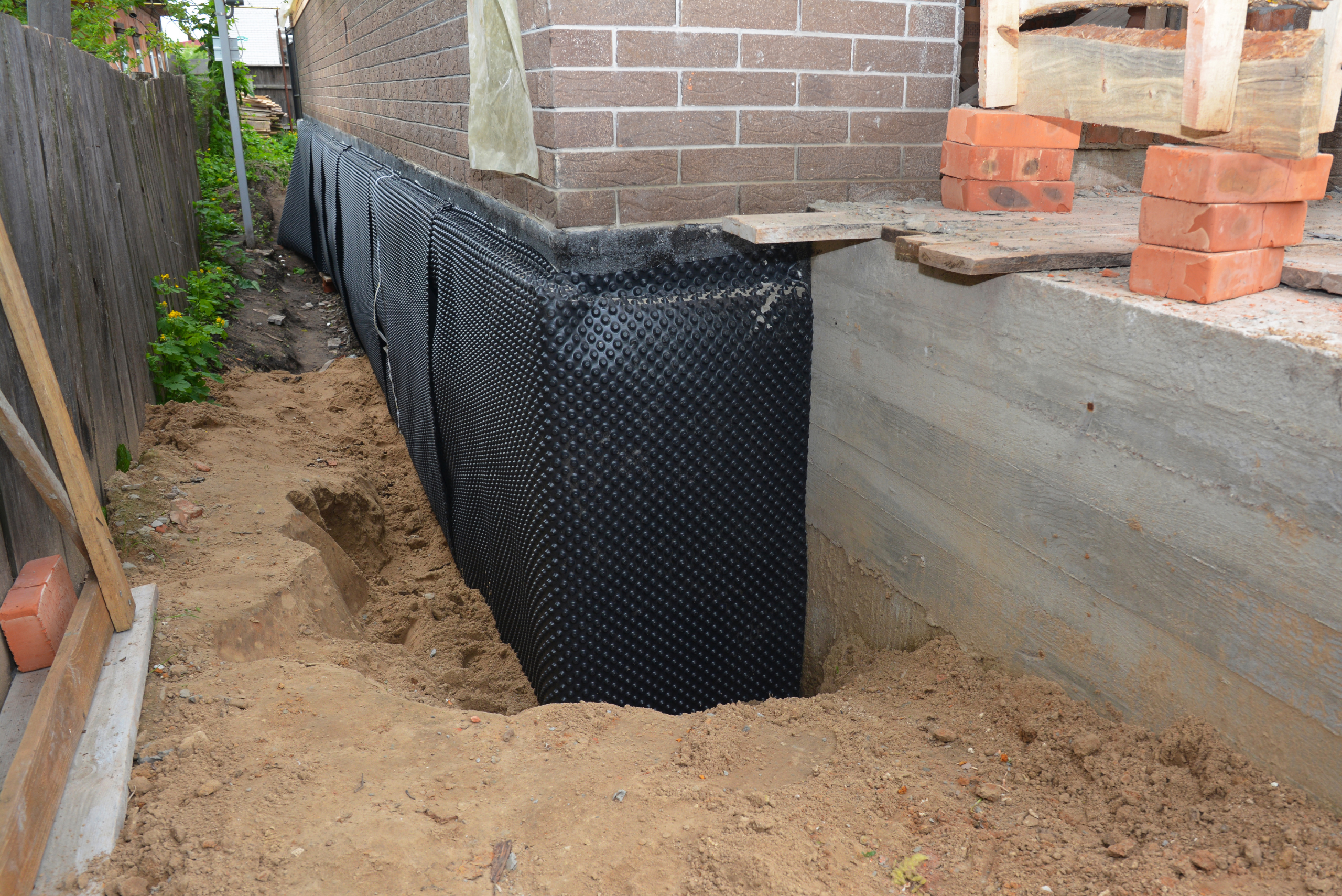
4. Frozen Septic Systems Cause Backups
Septic systems are often overlooked during winter preparations, but freezing temperatures can cause the pipes or tank to freeze, leading to system backups and costly repairs. This is especially problematic for homes in rural areas with exposed or shallow septic systems.
Prevention Tips:
- Insulate exposed pipes leading to your septic system.
- Avoid overloading the system with excess water during freezing temperatures.
- Use septic-safe additives to keep the system functioning properly.
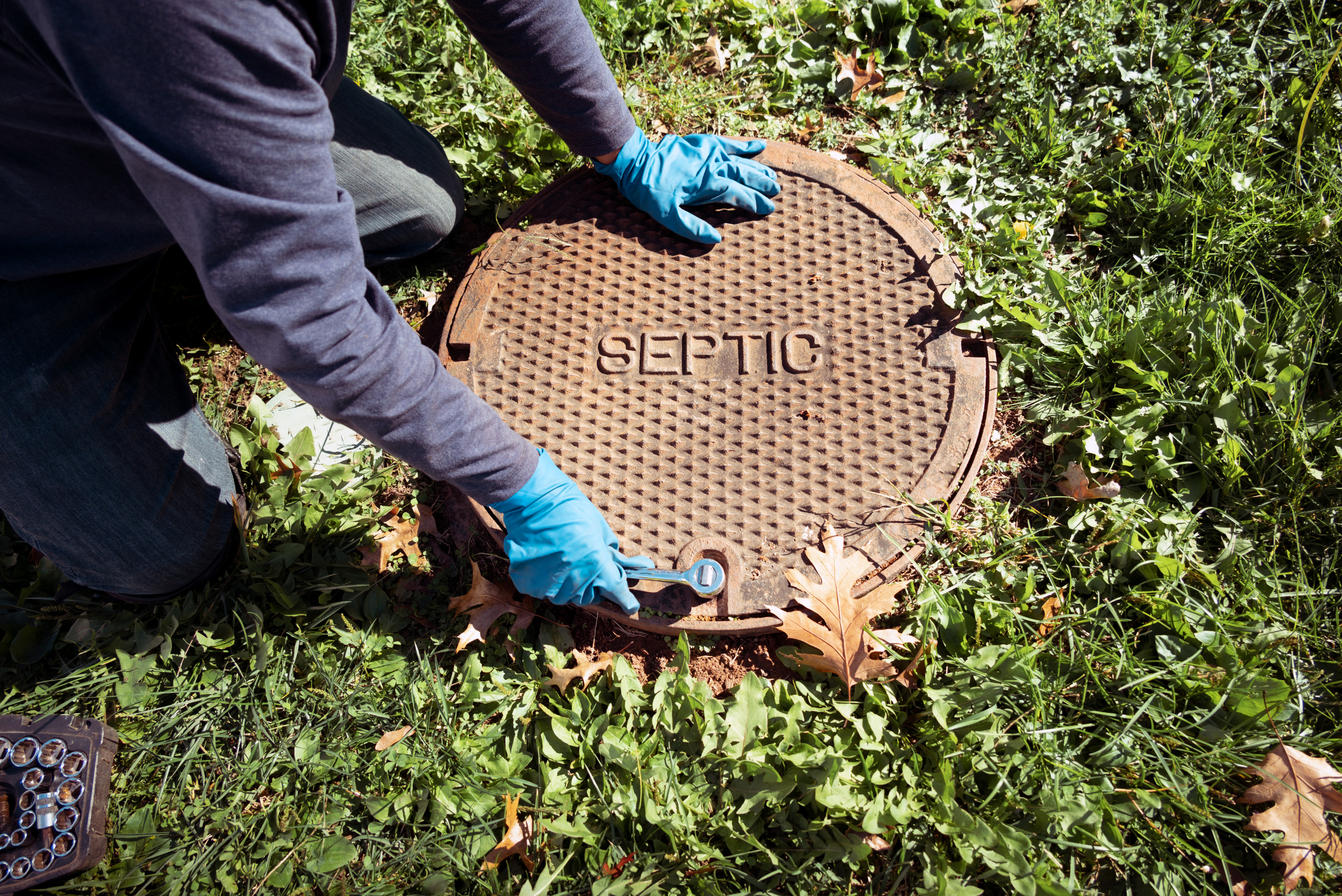
5. Winter Pests Invade for Warmth
Cold weather drives pests like rodents, spiders, and insects to seek shelter indoors. These unwelcome guests can cause damage by chewing through insulation, wiring, and stored items. They also pose potential health risks to your family.
Prevention Tips:
- Seal gaps and cracks around windows, doors, and the foundation.
- Store firewood and other potential nesting materials away from your home.
- Set traps or use natural deterrents like peppermint oil to keep pests at bay.
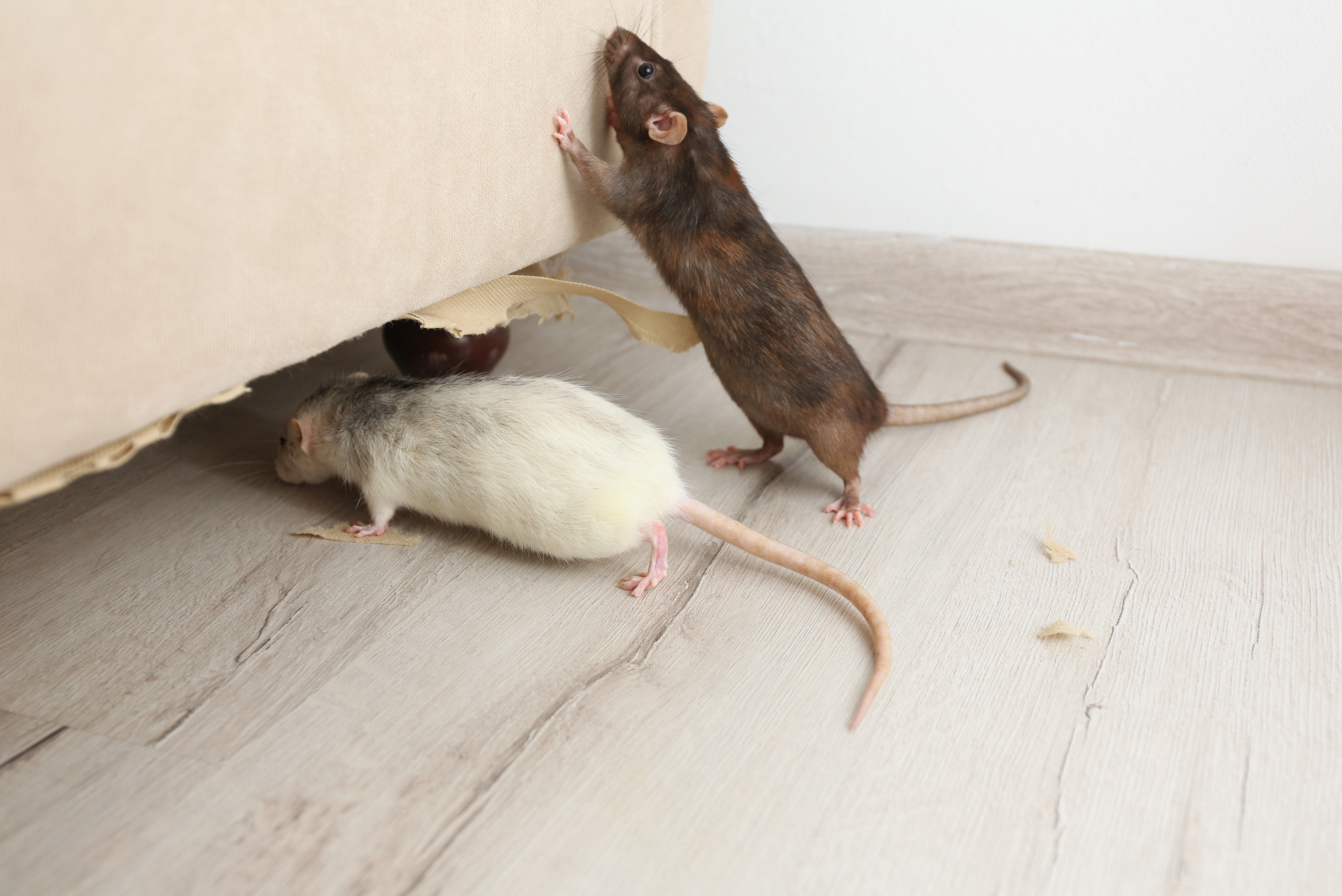
Related Articles
- Protect These Outdoor Items Before Winter Does Damage
- Budget-Friendly Ways to Winterize Your Home This Season
- Why Some Experts Say You Shouldn’t Keep All Your Windows Closed This Winter
Winter weather can damage your home in ways you might not expect, from condensation issues to frost heave and even pest invasions. By identifying these risks and implementing preventative measures, you can safeguard your property and avoid costly repairs. Take action now to ensure your home stays safe and sound through the cold months ahead.



